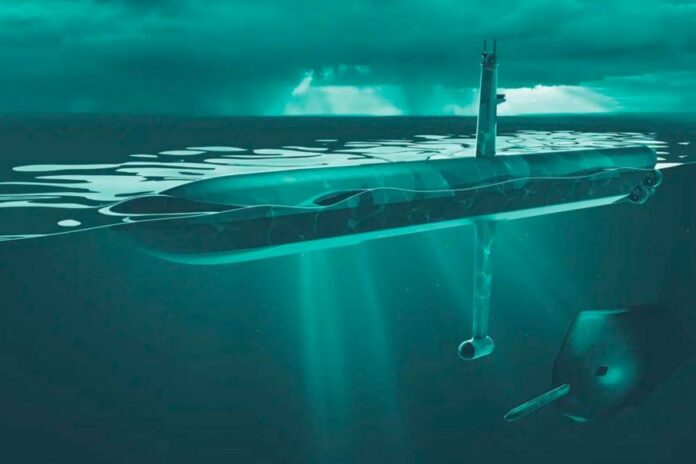The developers shared the project’s details on their social media channels. The Ranger reconnaissance drone and Raider attack drone have 4.5-meter-long hulls and are fully compatible with standard submarine torpedo tubes, including 533-mm launchers used by NATO countries.
The underwater-launched drones use electric propulsion, allowing them to operate with low acoustic visibility.
Ranger is a reusable reconnaissance drone equipped with real-time surveillance systems. Its design allows submarines to deploy and rotate the drone without detection.
In the illustration, the deployed reconnaissance drone has an extended keel with sensors and a mast with an optical module for semi-submerged observation.
Raider, by contrast, is intended for strike missions at significant distances from the submarine, keeping the launch platform beyond the reach of enemy detection or counterattack.
Specific performance details for the drones were not disclosed, likely due to the early stage of development. Their general capabilities can be compared to those of electric torpedoes of similar size, such as Leonardo’s Black Shark or the German DM2A4.
With an additional 2 meters in length, these torpedoes can cover roughly 50 kilometers and reach maximum speeds of up to 50 knots (93 km/h), with warheads weighing between 200 and 350 kilograms.
These torpedoes can be guided from the submarine after launch via a fiber-optic cable, with the option to switch to autonomous navigation using sonar and other active or passive sensors.
The primary advantage of the new unmanned platforms is expected to be extended operational range, achieved through coordination between the strike drone and an autonomous reconnaissance drone that provides target detection and designation



